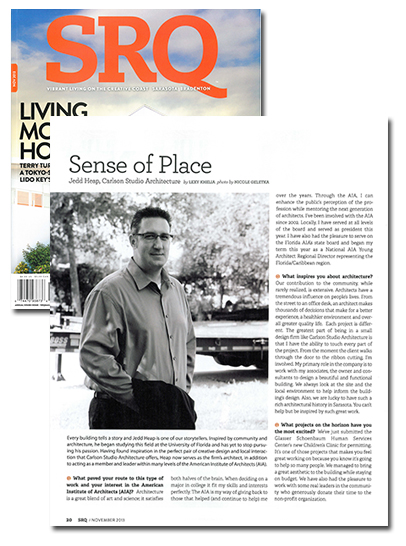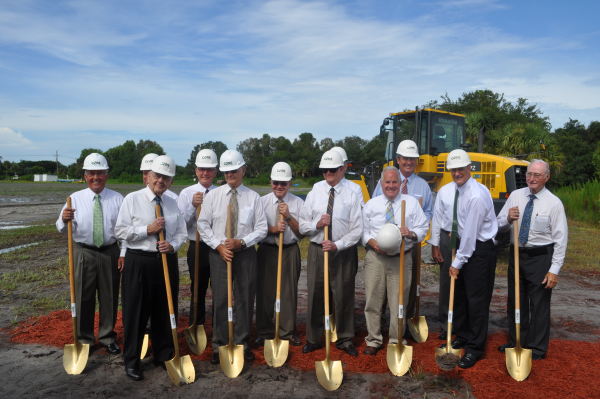Building Green Business Doesn’t Stop At The Building
 When business owners think of going green with their company, one of the first things that come to mind is the building from which the business operates. While this is certainly a primary focus of building green business, it’s by no means the only way to optimize environmental resources.
When business owners think of going green with their company, one of the first things that come to mind is the building from which the business operates. While this is certainly a primary focus of building green business, it’s by no means the only way to optimize environmental resources.
There are also various indirect means of accomplishing green business goals; a few we can list for you here, as well as any ideas you may come up with; let’s get creative, and employ every possible strategy to make the most of renewable energies and reduce the human footprint on our precious and intricate environment.
Top Ways of Building Green Business Without Renovation
The good news is that building green business doesn’t mean having to start from scratch from the ground up. There are many simple and affordable ways to incorporate green practices into your business model right away, making a difference with every next step achieved.
To help give you some ideas to get started, we’ve compiled an informative checklist that you can download and post for future reference, of The Top 26 Ways to Green Your Business. We know you’ll find this to be a valuable guide as you move forward with your green business goals.
Here are a few examples from the checklist, to give you an idea of just how simple building green business can be:
The Building
- Buy only Energy Star office equipment - ENERGY STAR is a U.S. Environmental Protection Agency (EPA) voluntary program to identify and promote energy–efficient products and buildings in order to reduce energy consumption, improve energy security, and reduce pollution through voluntary labeling of or other forms of communication about products and buildings that meet the highest energy efficiency standards.
- Clean with non-toxic chemicals and natural products - Avoid corrosive or strongly irritating substances, ozone-depleting compounds or hazardous materials, and instead opt for renewable resources such as bio-based solvents from citrus, seed, vegetable, and pine oils, biodegradable products with low VOC content, low toxicity in aquatic species, low flammability, and those designed for use in cold water in order to conserve energy.
- Install a timer to turn off your fresh air intake during non-occupied hours. Taking in fresh air in Florida is necessary and required, but it takes extra energy to dehumidify that air for interior use. Fresh air is needed to reduce carbon dioxide inside, which is created by people. When there are not people, there is no need to bring in fresh air.
Beyond the Building
- Shift hours of operation to avoid peak rush hour traffic.
- Let some employees work from home 1 day per week.
- Locate your office near public transportation options.
These are just a few of the many ways to green your business without need for complete renovation. Taking baby steps is far better than taking no steps at all -- so download your checklist, then choose one or more items to implement and let’s get started!
Get the Checklist and Start Going Green
At Carlson Studio Architecture, we understand that a building is an expression of energy, materials & design (information). Buildings are not comprised of isolated components - each is comprised of systems that interact with other systems including the larger ecological systems and the human community. A "whole system" sustainable design leverages the complex and complementary interactions to reduce energy use and levy the smallest possible environmental impact, while enhancing occupants' comfort and productivity.
We are happy to provide a complimentary downloadable checklist that you can print and post as a handy reference guide for taking your business to new and greener levels. Just click the button below to request a copy of the checklist now:
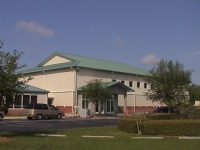

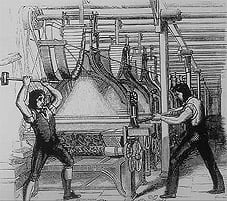

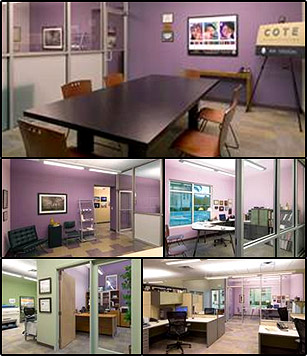
 The firm purchased the 4,400-square-foot parcel with a partner and sub-divided the space. Carlson Studio Architecture shares their 2,400-square-foot area with Carlson Studio Marketing, a green PR & marketing agency, run by Grace Carlson. The businesses consciously made the decision to seek USGBC LEED Silver Commercial Interior (CI) certification for the project, which was achieved in December 2007. The reason was two-fold. Because the business owners believed in the value of LEED certification, they wanted their building to serve as a demonstration model to current and potential green building clients. They also recognized the investment in third-party certification would increase the value of their asset.
The firm purchased the 4,400-square-foot parcel with a partner and sub-divided the space. Carlson Studio Architecture shares their 2,400-square-foot area with Carlson Studio Marketing, a green PR & marketing agency, run by Grace Carlson. The businesses consciously made the decision to seek USGBC LEED Silver Commercial Interior (CI) certification for the project, which was achieved in December 2007. The reason was two-fold. Because the business owners believed in the value of LEED certification, they wanted their building to serve as a demonstration model to current and potential green building clients. They also recognized the investment in third-party certification would increase the value of their asset.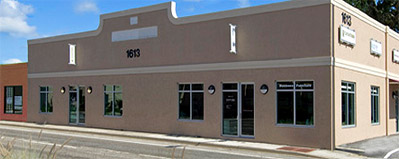
 In my previous blog, I talked about the background, details, and return on investment that Carlson Studio Architecture realized when we purchased our office building in 2007 and built out a LEED-CI Silver Certified project, which was the third LEED-CI project ever certified in Florida at that time. I was happy to share the detailed information about this green building accomplishment.
In my previous blog, I talked about the background, details, and return on investment that Carlson Studio Architecture realized when we purchased our office building in 2007 and built out a LEED-CI Silver Certified project, which was the third LEED-CI project ever certified in Florida at that time. I was happy to share the detailed information about this green building accomplishment.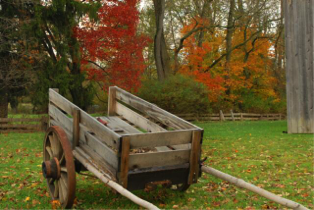
 One of the tools we use at
One of the tools we use at  Roles and responsibilities:
Roles and responsibilities:

 Now who is crazy?
Now who is crazy?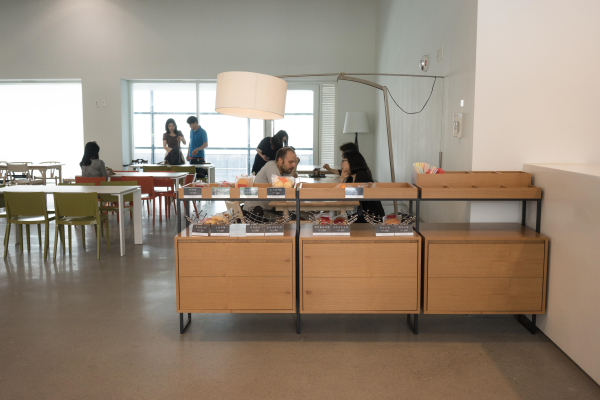
 As business men and women, we are pretty good at what we do. In most cases we have also learned that in business, change involves risk. In some businesses more than other but in the world of building design and architecture there are real risks of doing "business as usual" as well. Some of the current threats and opportunities associated with architectural designs are:
As business men and women, we are pretty good at what we do. In most cases we have also learned that in business, change involves risk. In some businesses more than other but in the world of building design and architecture there are real risks of doing "business as usual" as well. Some of the current threats and opportunities associated with architectural designs are: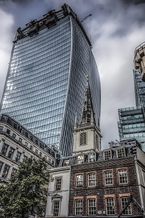 Well-designed green buildings (green design & green construction) can reduce water use by 30-70% and reduce electrical use by 25-50% without a lot of fancy, expensive technology. Thoughtful green building design and improve the bottom line in other ways as well. Studies have shown ROI (return on investment) for incorporating a well-rounded sustainable design approach to building design. Proven results include shorter hospital stays in
Well-designed green buildings (green design & green construction) can reduce water use by 30-70% and reduce electrical use by 25-50% without a lot of fancy, expensive technology. Thoughtful green building design and improve the bottom line in other ways as well. Studies have shown ROI (return on investment) for incorporating a well-rounded sustainable design approach to building design. Proven results include shorter hospital stays in 